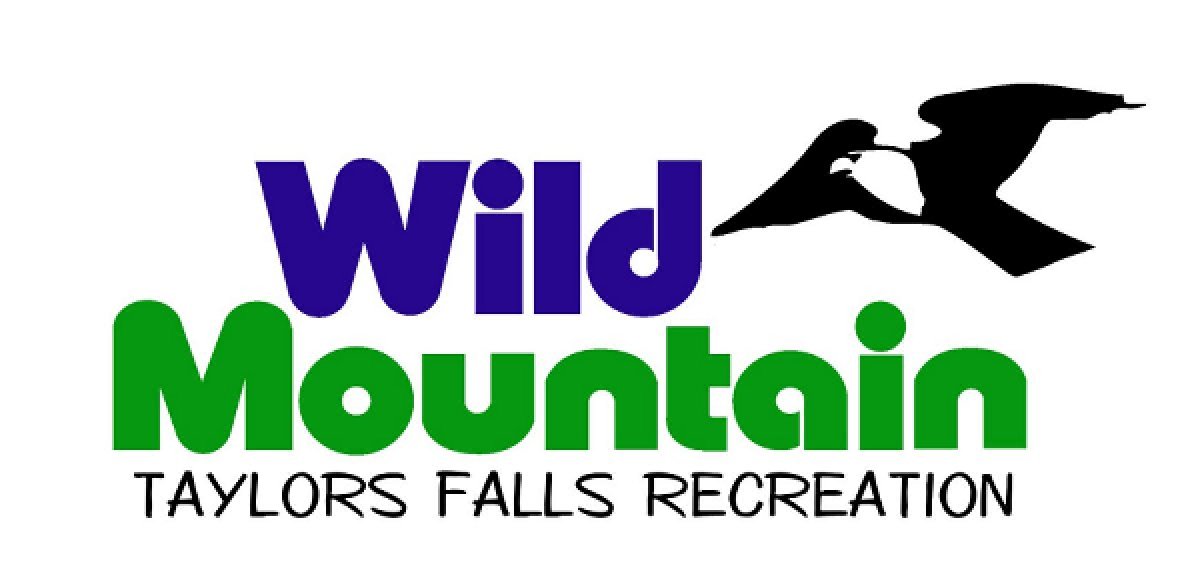Last week, on Sunday afternoon, I was given the gift of four hours to spend on the water, and elected to spend it along our Adoption Site 3, the Metro Mississippi. The sky was sunny, and the water level was down to about 3.4' over gage height. As I set out to identify new targets of trash that I'd like to remove from the river, it was if I had been joined by my favorite pair of allies: Mother Nature and Father Time.
I came across roughly 30 new "oversized debris items." Over the next few weeks, I'll connect photos of this debris with their corresponding GPS waypoints, so that the targets can be added to an inventory of trash we intend to recover from this stretch of the Mississippi. But that was not the only reconnaissance I was gathering on this particular trip. I was also gathering intelligence about the access points, terrain, and obstacles one might find when attacking this stretch of river on foot.
The reason? Two different groups (which shall remain anonymous for now, as they have not committed to the task) have inquired about how they might best deploy some volunteers to assist in this cleanup effort. So I was watching for the grade of the riverbank near key access points, and looking for areas which might be safely scoured by people on foot, in groups of various sizes.
 Near the end of my run, just before I approached Shingle Creek, I was greeted by a four-legged friend who was enjoying the shade near the river: A beautiful doe. She did not startle when she saw me approach in the kayak. Indeed, she did not even walk away. I slowed my drift to capture a few pictures, and she stood there as if to pose... the poster child of why we're doing what we're doing. (Feel free to click on the photo to enlarge it.)
Near the end of my run, just before I approached Shingle Creek, I was greeted by a four-legged friend who was enjoying the shade near the river: A beautiful doe. She did not startle when she saw me approach in the kayak. Indeed, she did not even walk away. I slowed my drift to capture a few pictures, and she stood there as if to pose... the poster child of why we're doing what we're doing. (Feel free to click on the photo to enlarge it.)You know, even with no paycheck, this is a pretty good gig.
© 2008 Mike D. Anderson, Crystal, MN.






